I ran into another problem while making template matching in Halide (original link with resolved issue: output shifted in template matching)
Now I'm trying to draw a rectangle at the position with the lowest score (which indicates the best match).
template matching part:
Image<float> source = load_image("C:\\Users\\Admin\\Desktop\\templateMatchingOpenCV\\clip\\clip2.png");
Image<float> templ = load_image("C:\\Users\\Admin\\Desktop\\templateMatchingOpenCV\\clip\\object3.png");
Var x, y, xt, yt, x_outer, y_outer, x_inner, y_inner, tile_index;
RDom r(0, templ.width(), 0, templ.height());
Func limit, comparesqdiff, comparesqdiffnorm, compareccorr;
limit = BoundaryConditions::constant_exterior(source, 1.0f);
Expr function = sum(Halide::pow(templ(r.x, r.y) - limit(x + r.x, y + r.y), 2)) / (templ.width()*templ.height());
comparesqdiff(x, y) = sum(Halide::pow(templ(r.x, r.y) - limit(x + r.x, y + r.y), 2)) / (templ.width()*templ.height());
Image<float> outputsqdiff;
comparesqdiff.tile(x, y, x_outer, y_outer, x_inner, y_inner, 64,64).fuse(x_outer, y_outer, tile_index).vectorize(x_inner).unroll(y_inner).parallel(tile_index);
comparesqdiff.compile_jit();
Now it's clear to me that the function I should be using to find the position of the lowest score is argmin but i don't quite understand how it's used. Also I am aware that the drawing method would cover everything from that's below and right of the pixel but I didn't get to that part yet.
Drawing the rectangle part:
RDom wholeImage(0, source.width() - templ.width(), 0, source.height() - templ.height());
Tuple coords = argmin(r, function, "argmin");
Func show;
show(x, y) = select(x >= coords[0] && y >= coords[1] && x <= coords[0] + templ.width() && y <= coords[1] + templ.height(), 0, limit(x, y));
Image<float> test(source.width(), source.height());
test = show.realize(source.width(), source.height());
Thank you in advance.



